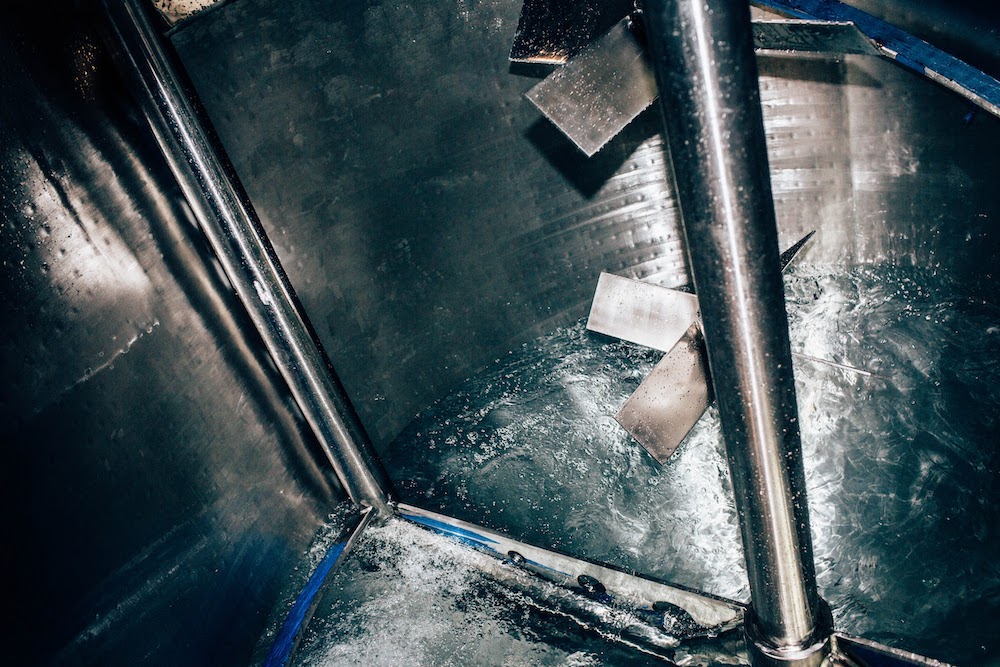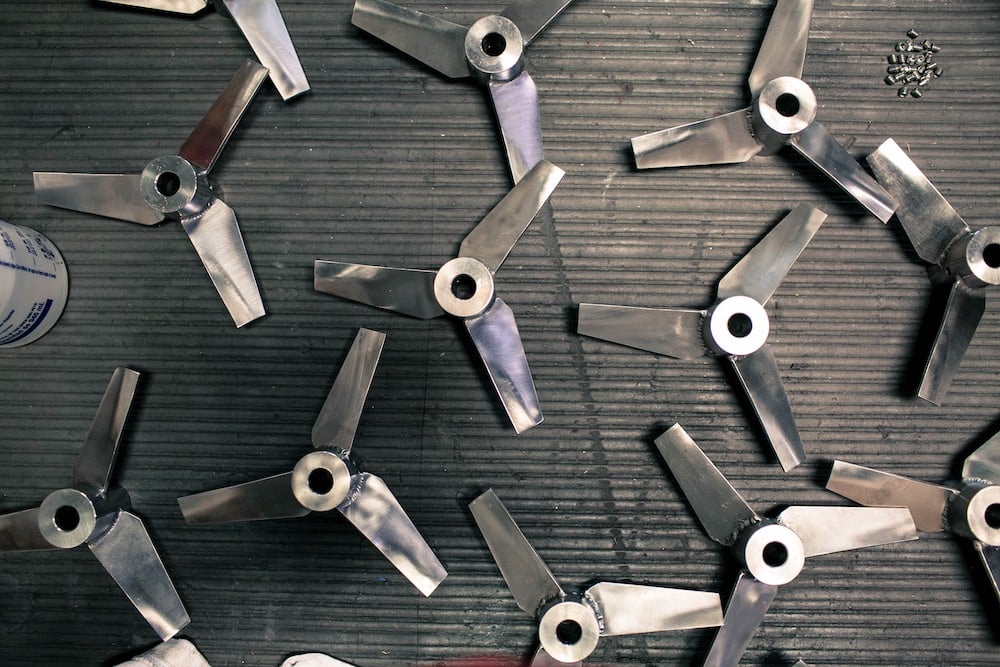Building a Mixing System: Tank to Impeller Ratios
If you are building a mixing system, one of the first things to consider is the size of the tank compared to the size of the impeller. We look at the...

Your process has plenty of moving parts. Between optimizing the composition of your output, calculating power requirements, recycling cooling water, optimizing column efficiencies, and doing all of this on budget, you've certainly got your hands full. But while improving your process holistically has its benefits, examining individual unit operations can lead to unexpected energy and construction savings.
Outside of distillation columns, mixers offer the greatest potential for process improvement due to the myriad moving pieces and requisite considerations. Understanding your mixing process is no small task, but paying attention to material properties, process requirements, and unit parameters can make your job easier when pitching to the board. In this post, we’re outlining the essential ingredients to a better mixing process.
Knowing the needed capacity for your mixer will determine a lot about subsequent parameters. The impeller you use, the energy required, and the outbound flow will ultimately play a part in calculating your mixer volume. Examine your inbound and outbound volumetric flow rates and determine what quantity will accumulate. Include some accommodation for error in your calculations to avoid overflow from upstream flow-control error.
The nature of your mixing process will largely depend on the physical phases of your component streams. For highly viscous mixtures, greater power expenditures are required for high-shear mixing. For low-viscosity mixtures, greater power expenditures are required for effective fluid agitation. The key lies in examining the physical requirements of your process and optimizing impeller velocity and configuration, while still attaining homogeneity.
Mass-transfer processes offer a comparatively straightforward problem. Reactions, on the other hand, complicate the picture through phase changes, fluid property changes, and energy transactions. Successfully satisfying the energy requirements of a reaction unfortunately means dipping into your reaction engineering textbooks, but doing so can optimize process parameters by balancing energy consumption and mixing time.
With mixing operations, every fluid characteristic has to be considered if optimization is to be achieved. This is where the impeller type plays a large role. Impeller configurations vary from high-motion to high-shear models that affect fluid motion as well as flow phase. Balance the motion required for turbulent flow with the shear forces needed to move more viscous fluids, and let the rotating blade do the rest of the work.
Between the kinetic energy absorbed by fluids and the exothermic properties of reactions involved, mixing operations have to handle a surprising amount of heat. For this reason, impellers must be selected based on their ability to provide enough motion for fluid to contact the cooling jacket and achieve temperature homogeneity. Optimize fluid motion and cooling water temperatures in order to minimize energy costs and your process may benefit from some creative heat exchange down/up-stream.
But none of these considerations will mean much if your equipment can't handle the work. Especially caustic or viscous materials can test the rigors of expensive equipment, and downtime is a friend to no one. Choosing tanks and impellers that will withstand reactive and arduous processes will help optimize up-time and revenue as a result.
As can be seen, there's more than meets the eye with unit operations. Mixers especially offer an opportunity to improve costs through a little scrutiny. Selecting a tank volume that accommodates fluids in all their phases will prevent bottlenecking. Consideration for chemical reactions and viscosity will make a big difference in energy calculations. Finally, constructing an apparatus that handles both the heat requirements and operational rigors will improve the bottom-line manifold. Take care when selecting your mixer and reap the benefits of a little intelligent engineering.

If you are building a mixing system, one of the first things to consider is the size of the tank compared to the size of the impeller. We look at the...

Before we talk about impellers, we have to get some of the nomenclature straightened out. There are impellers, propellers, blades, foils, and a host...